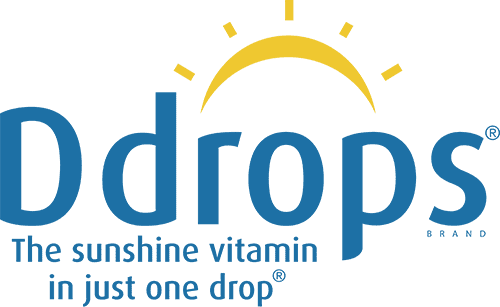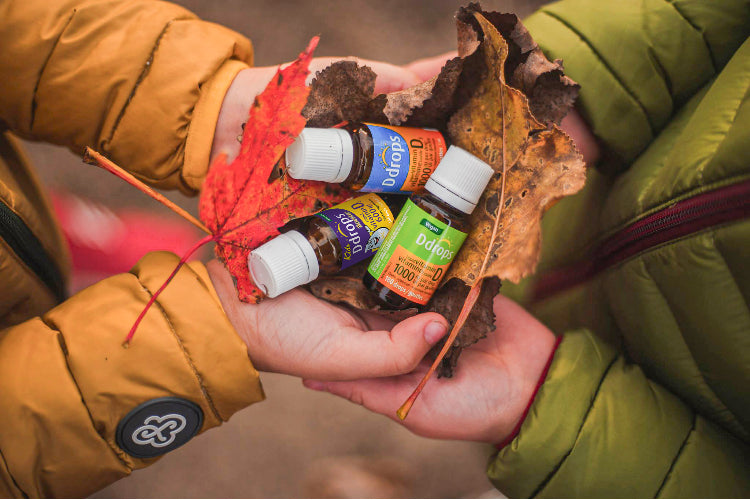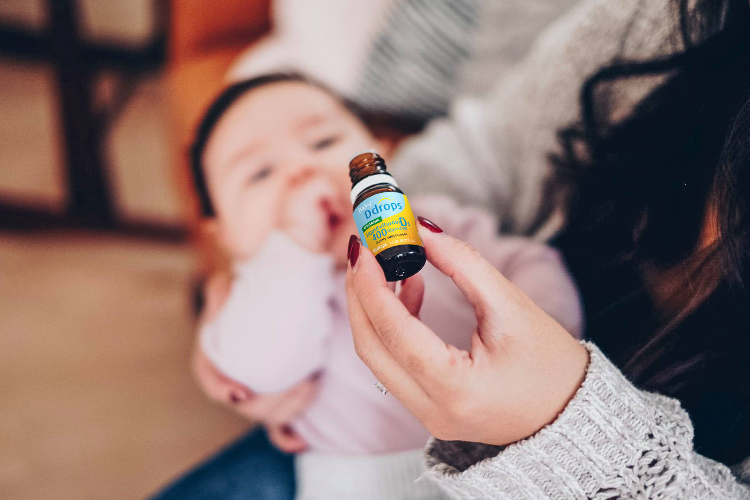February 16, 2016
Sunseekers are being advised that there is no safe or healthy way to get a tan from sunlight. They are also warned that an existing tan (often referred to as a ‘base tan’) provides little protection against sun exposure. This guidance comes from the National Institute for Health and Care Excellence (NICE) in the UK.
- Britons should expose their arms and legs to the sun only for short periods in order to build up vitamin D
- Children (particularly babies), young people, those with fair skin who tend to burn, those with lots of moles or freckles, and those with a family history of skin cancer should take extra care in the sun
- Use at least an SPF 15 sunscreen and 35ml of it per application. Higher factor sunscreen may offer better protection but does not necessarily mean people can spend more time in the sun without the risk of burning
- Applying sunscreen too thinly reduces the amount of protection
- Sunscreen should be re-applied after being in the water, after towel drying, sweating or when it may have rubbed off
- Sunscreen should also be applied twice — once half an hour before going out, and again before sun exposure— if people are going out long enough to risk getting a sunburn
- Babies under six months of age should be kept completely out of direct strong sunlight
- Older children need sun protection between March and October
- It is not possible to get enough vitamin D by sitting next to a closed sunny window, or from sunlight, between October and March in the UK
With these guidelines considered, benefits from building up vitamin D from the sun have to be balanced with the risks of skin cancer, it adds. Many UK adults have low levels of vitamin D and the NICE guidance states that some exposure to sunlight can help to build this up. But this must be done with caution and in moderation. It can also be very difficult for most to follow these guidelines.
“How much time we should spend in the sun depends on a number of factors including geographical location, time of day and year, weather conditions and natural skin colour,” said Professor Gillian Leng, director of health and social care at NICE.
“People with lighter skin, people who work outside, and those of us who enjoy holidays in sunny countries all have a higher risk of experiencing skin damage and developing skin cancer. On the other hand, people who cover up for cultural reasons, are housebound or otherwise confined indoors for long periods of time are all at higher risk of low vitamin D levels.”




Để lại một bình luận
Trang web này được bảo vệ bằng hCaptcha. Ngoài ra, cũng áp dụng Chính sách quyền riêng tư và Điều khoản dịch vụ của hCaptcha.